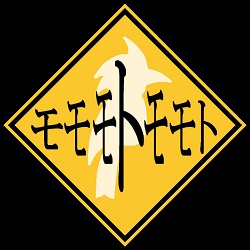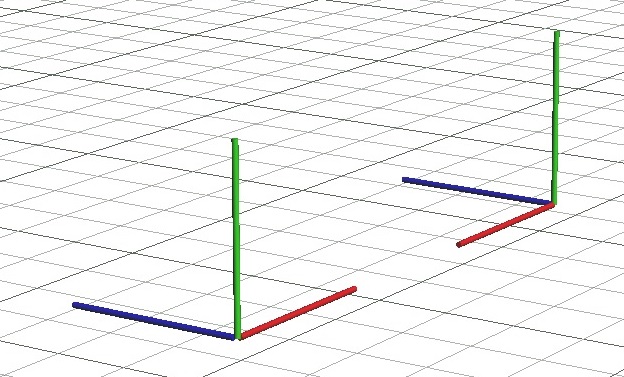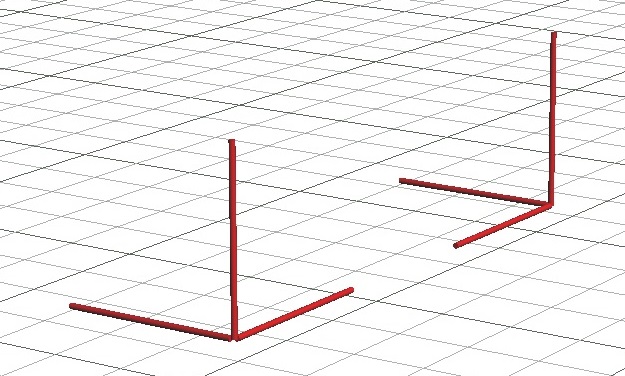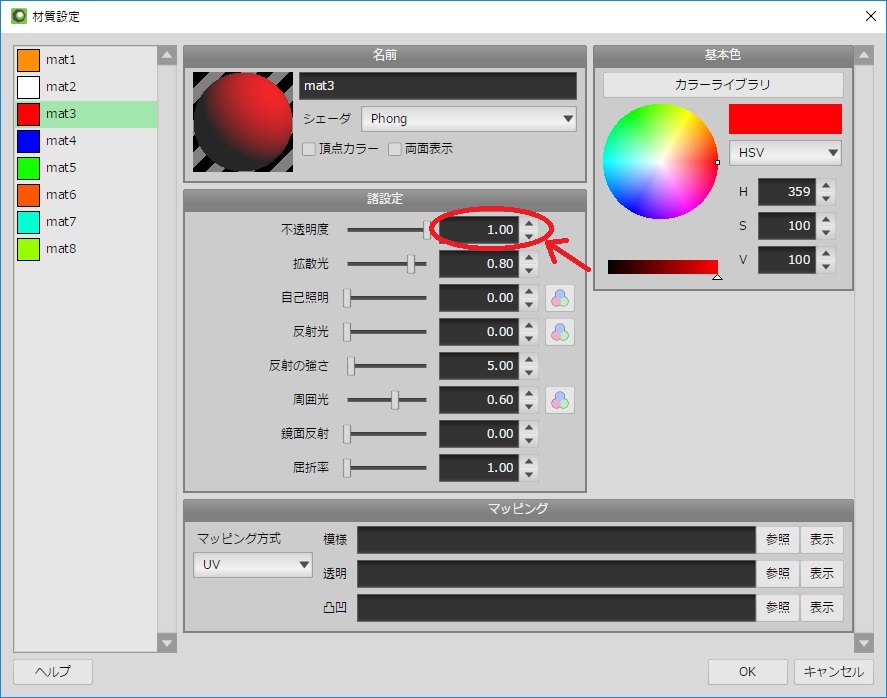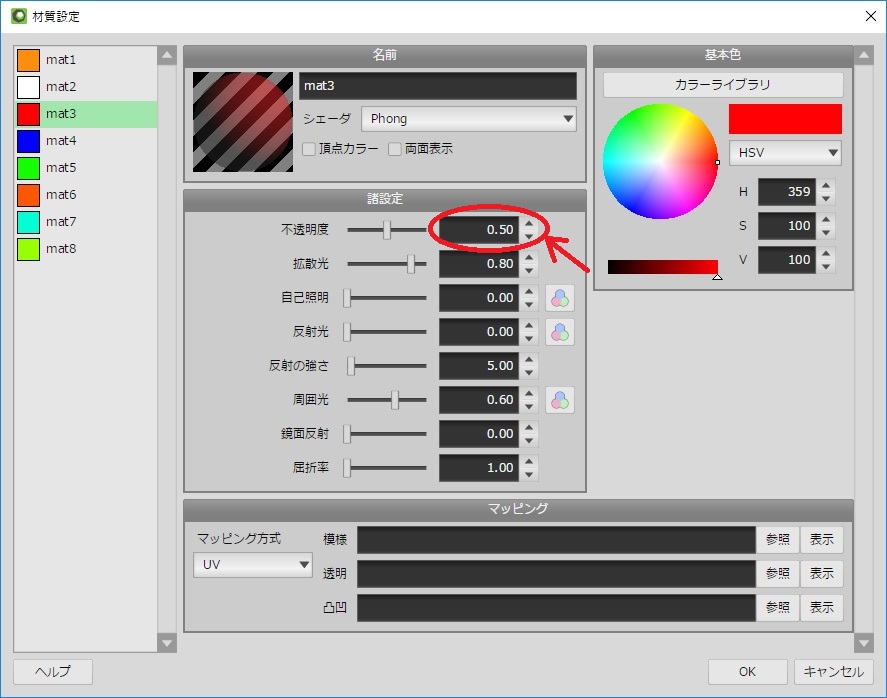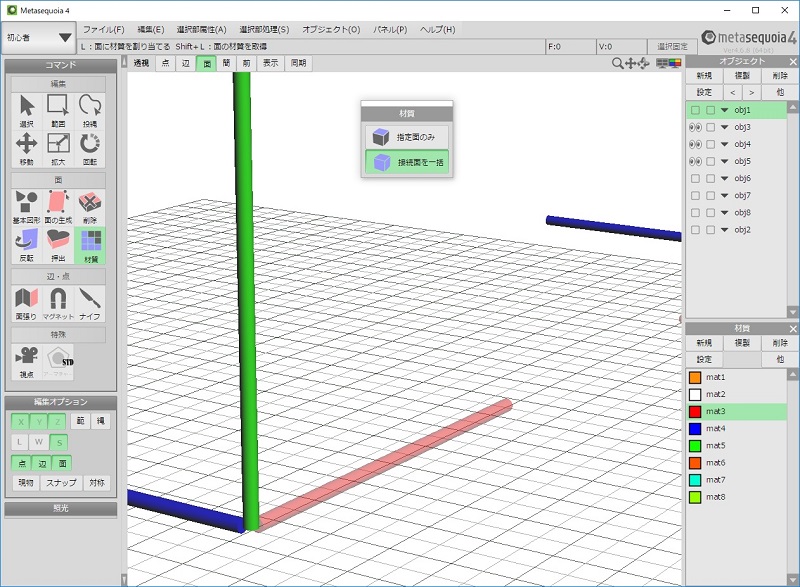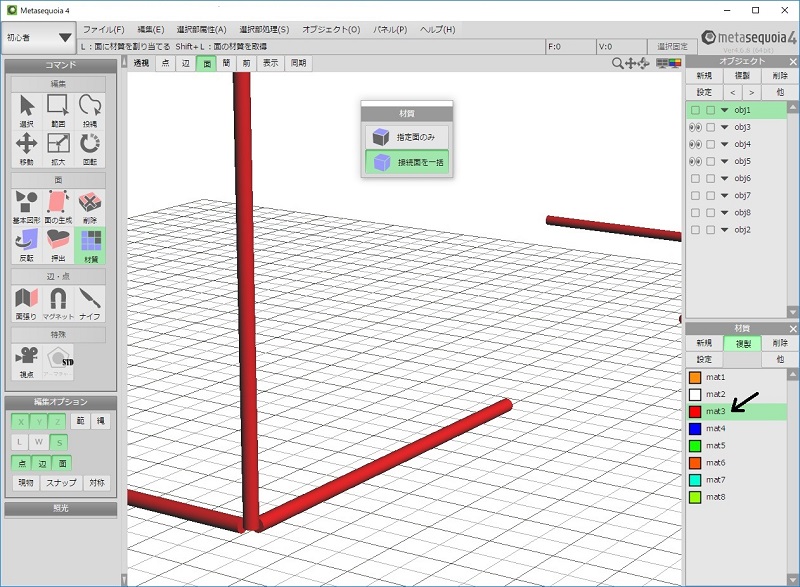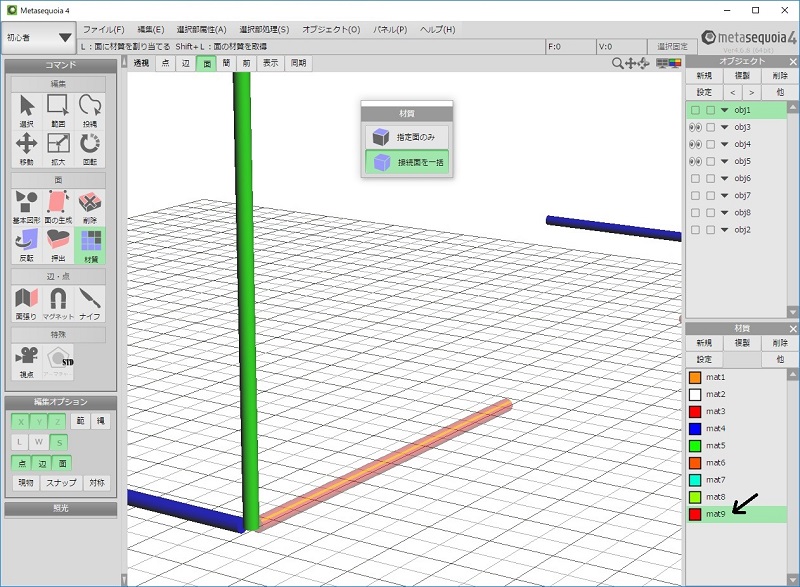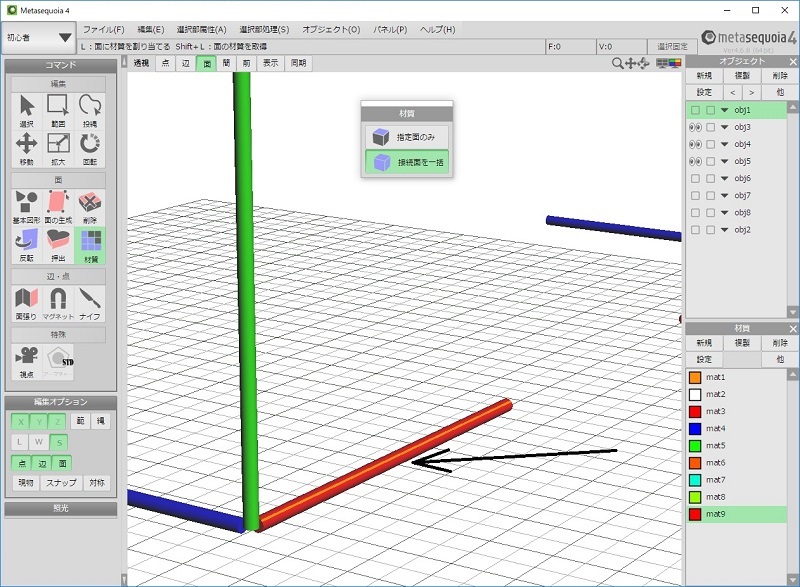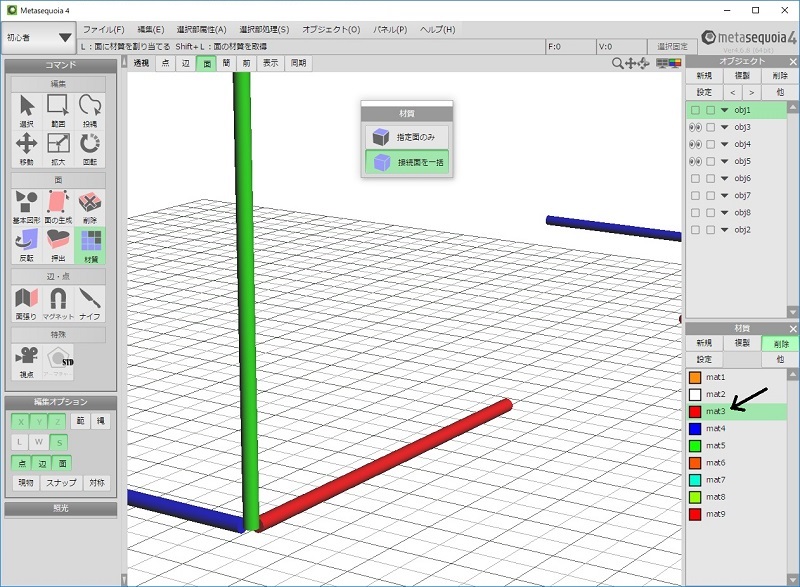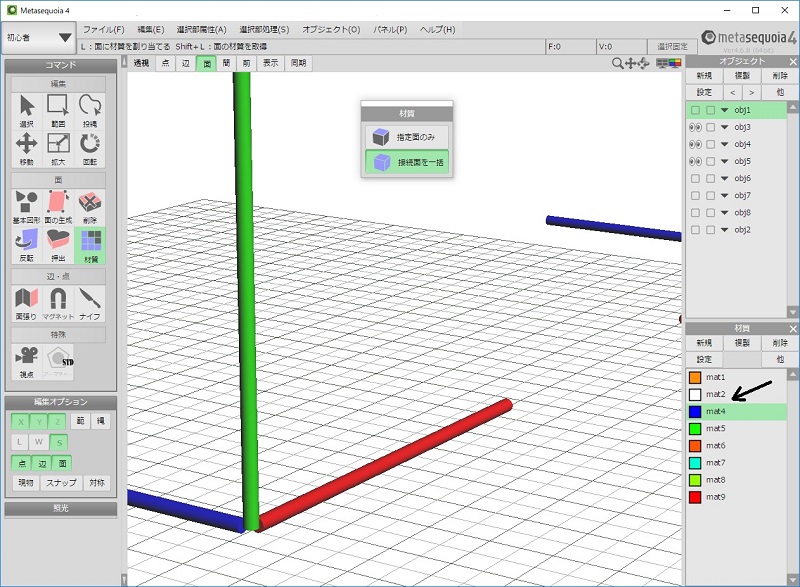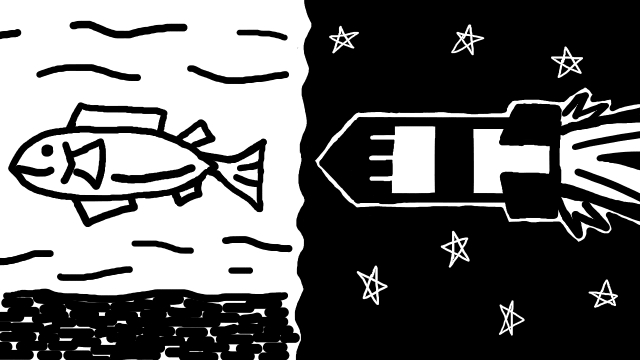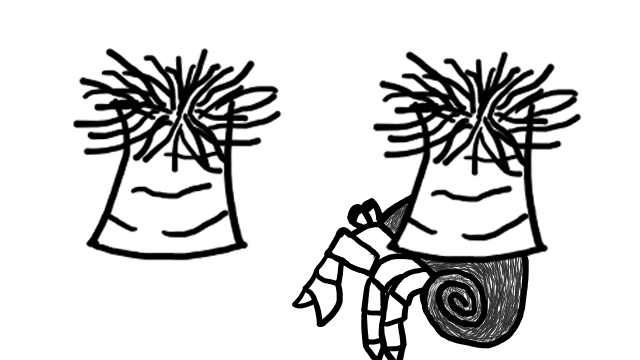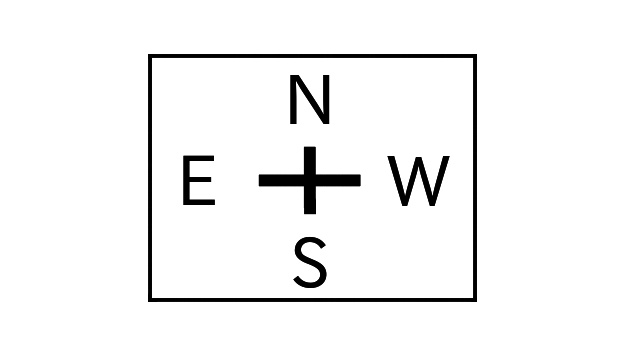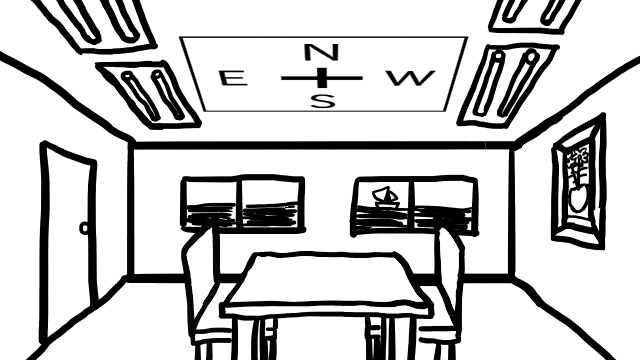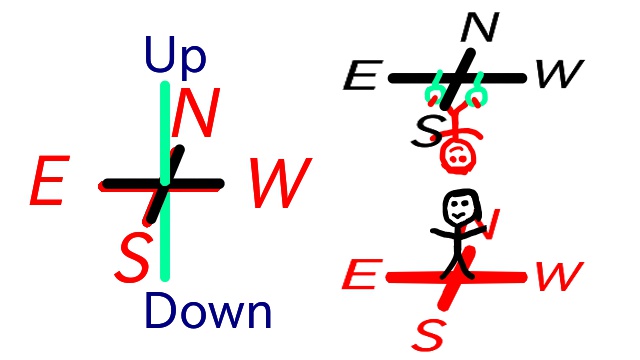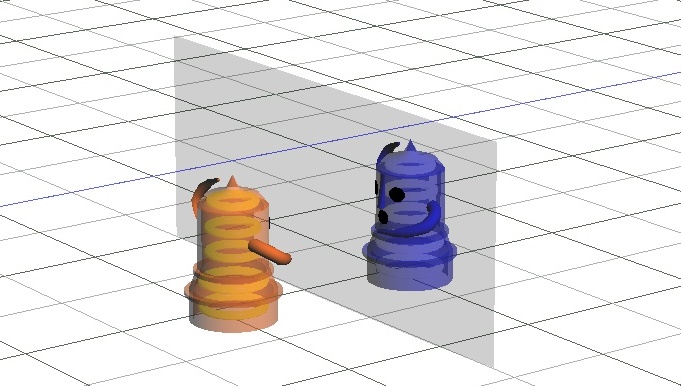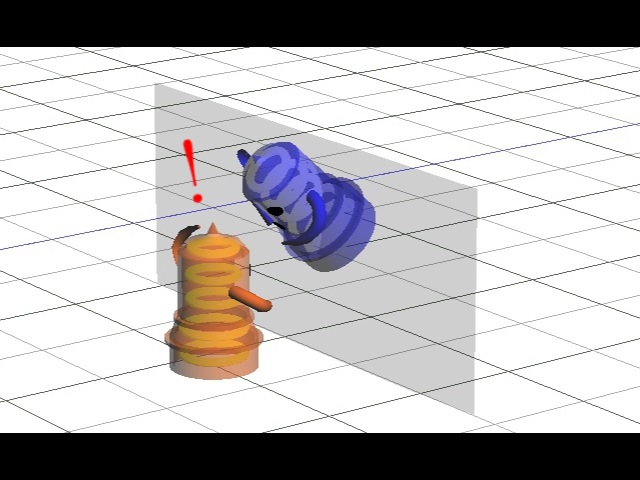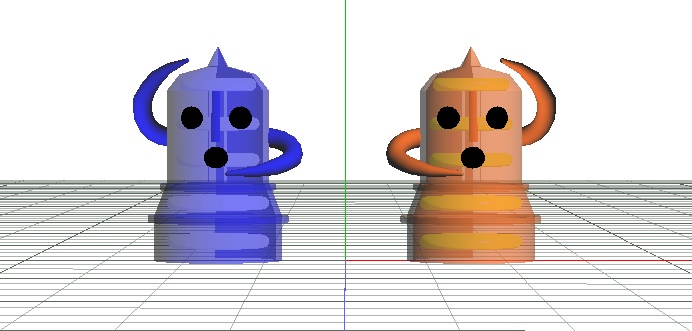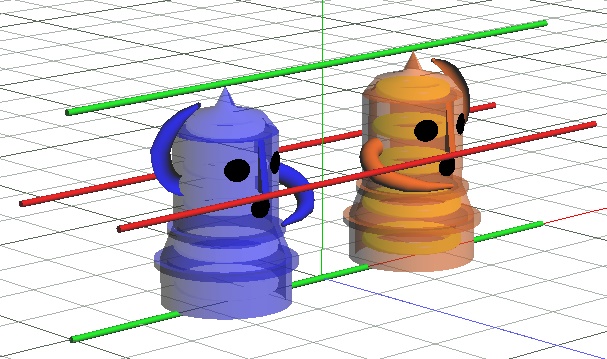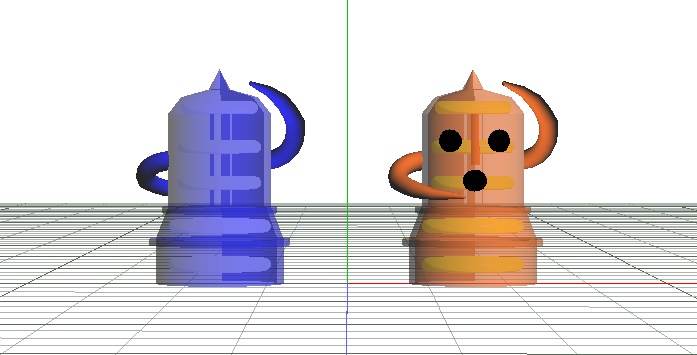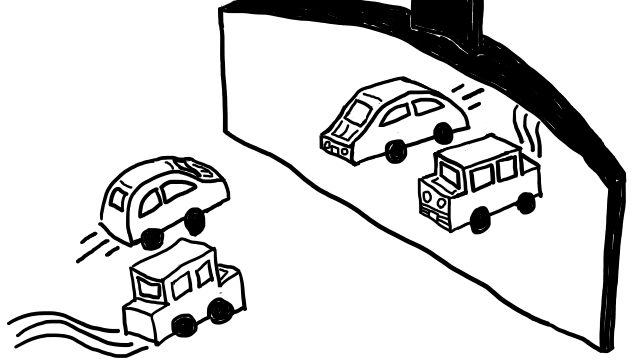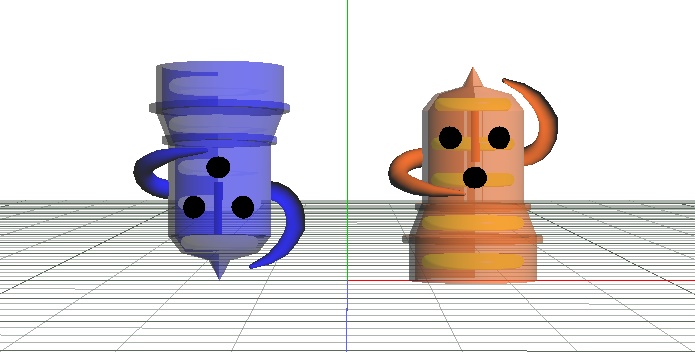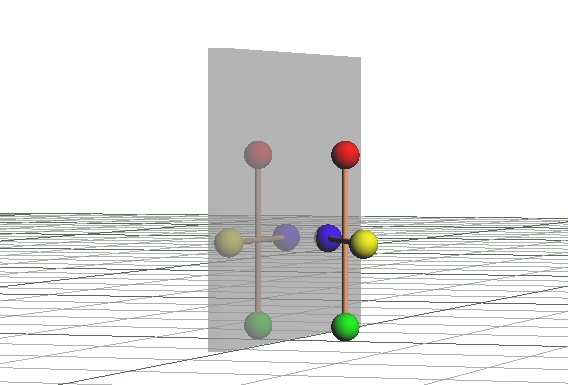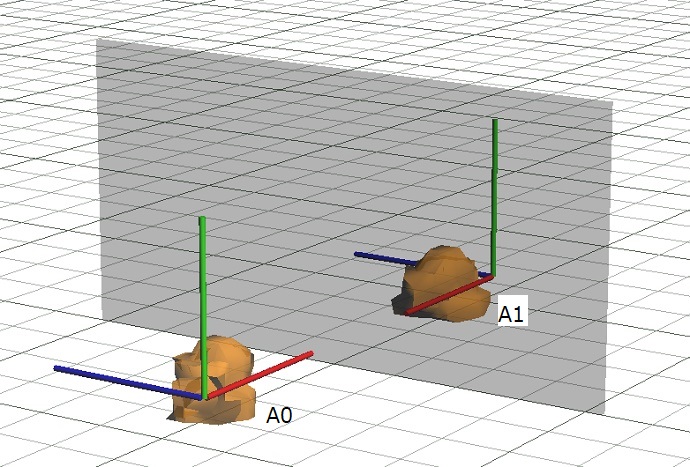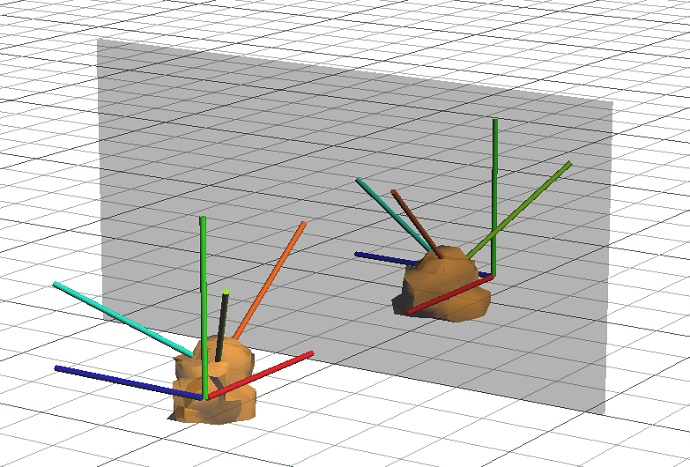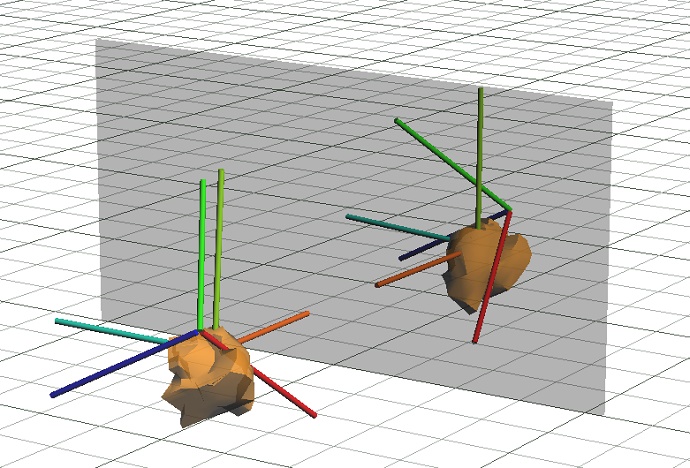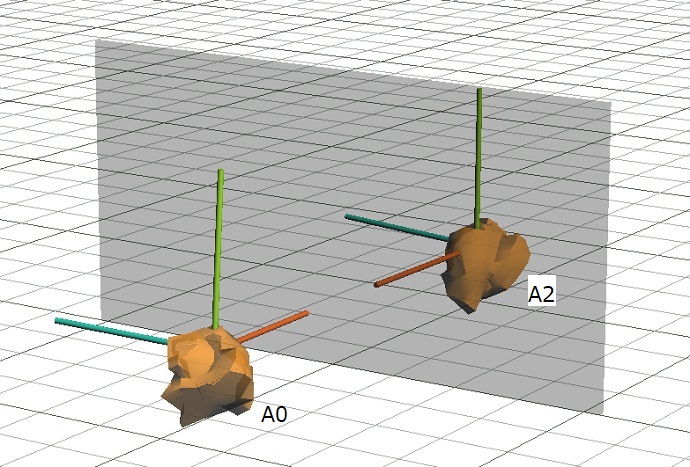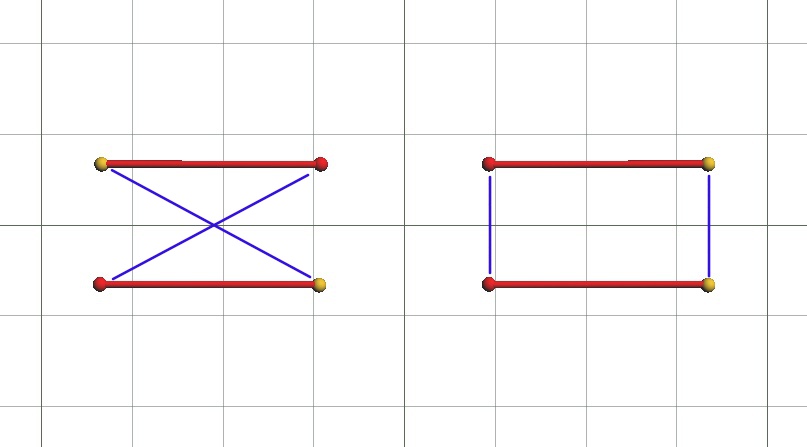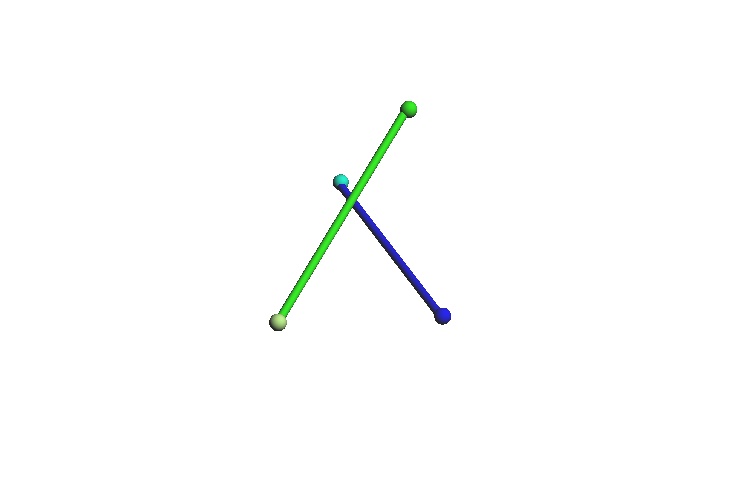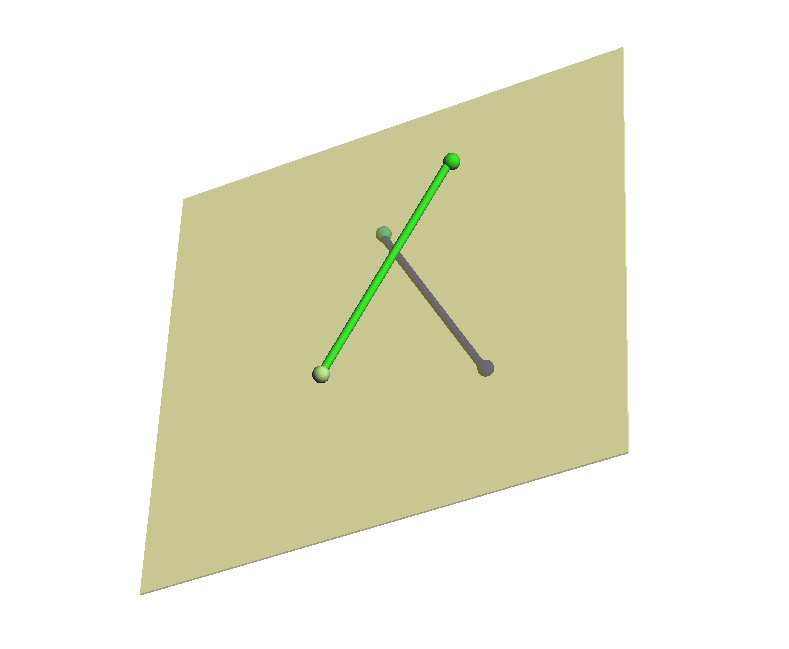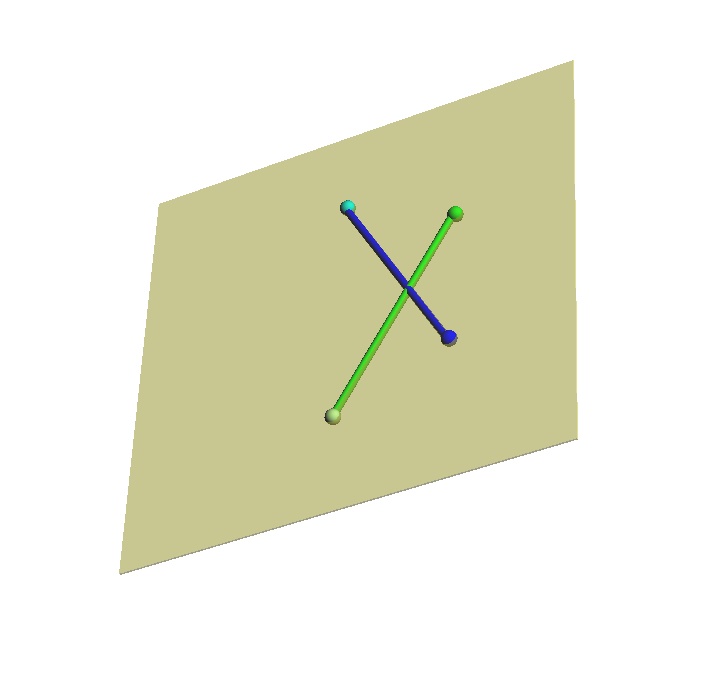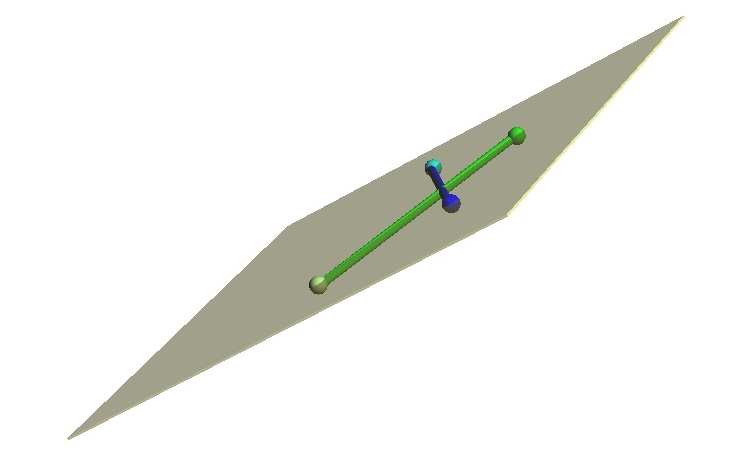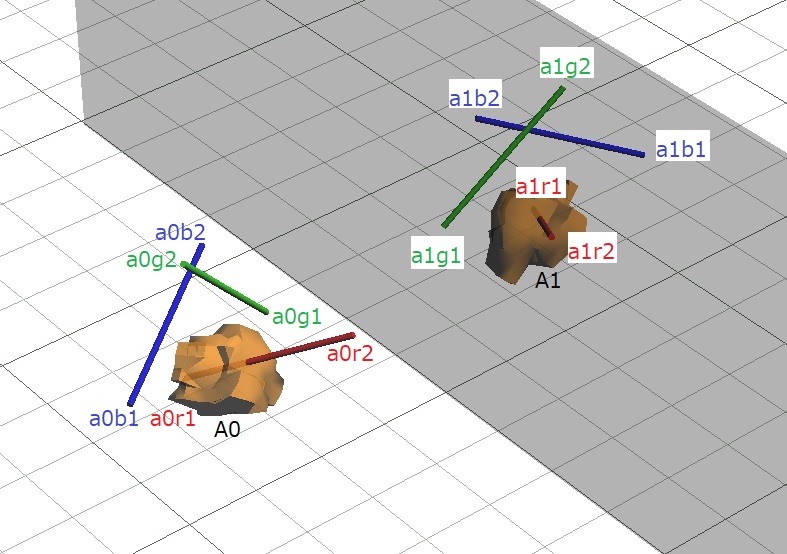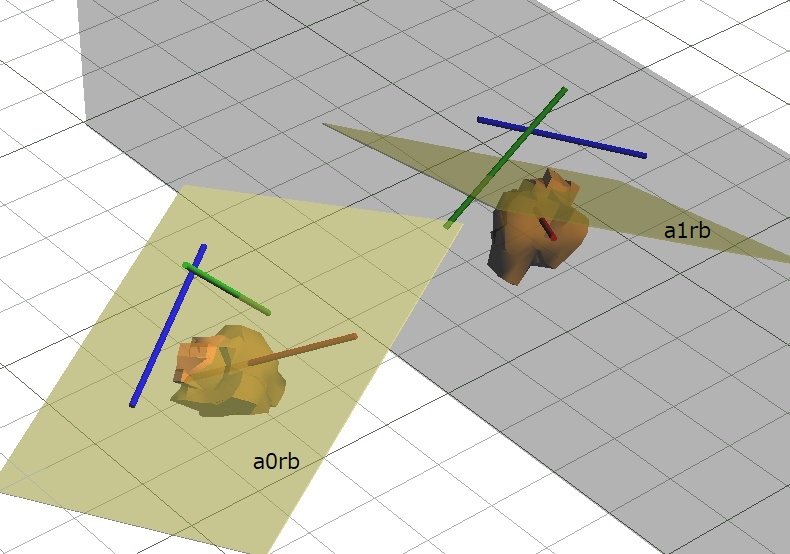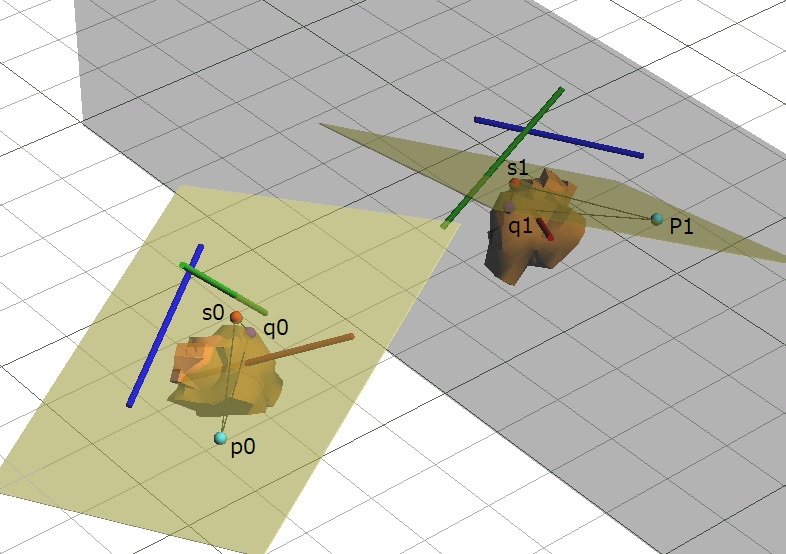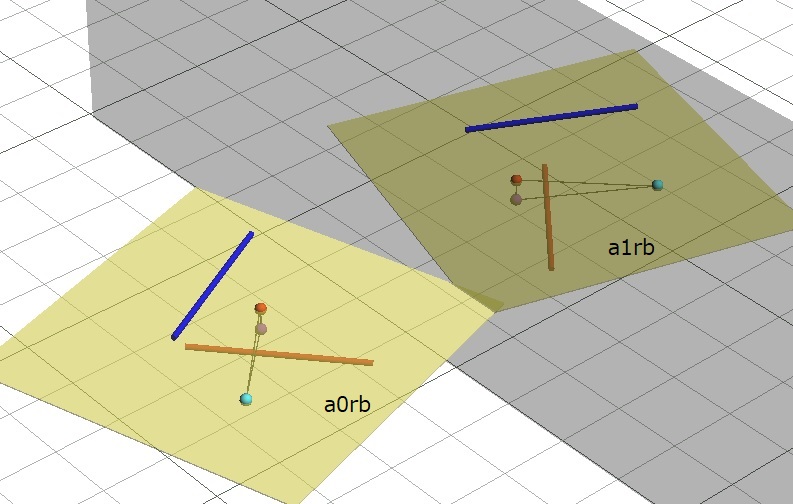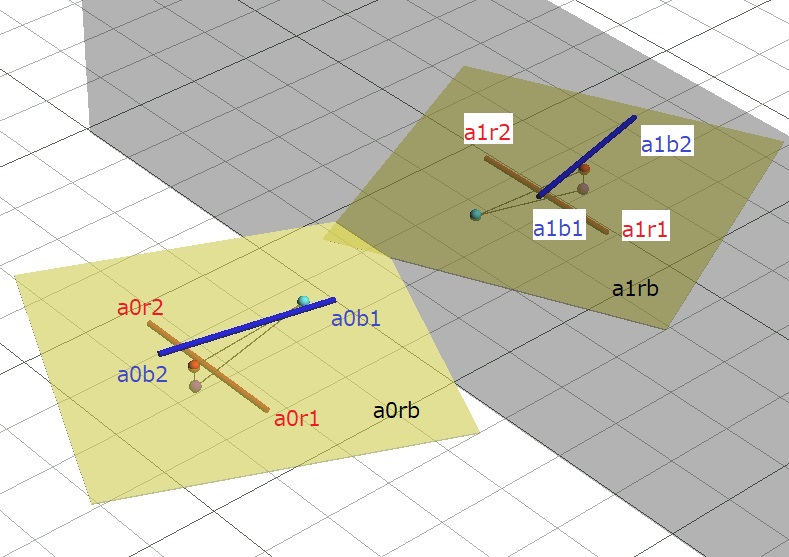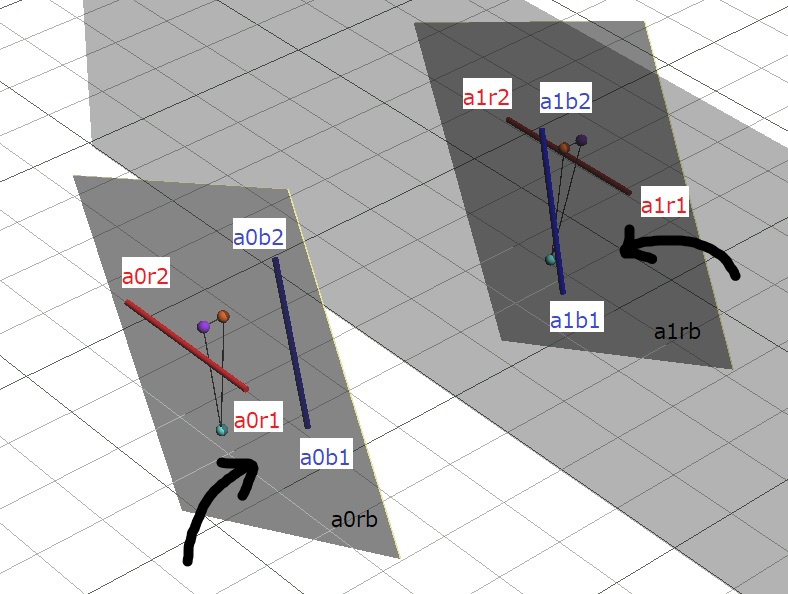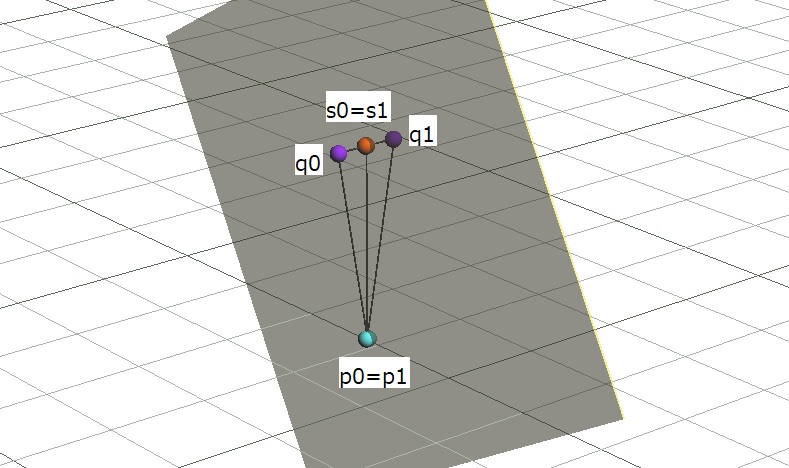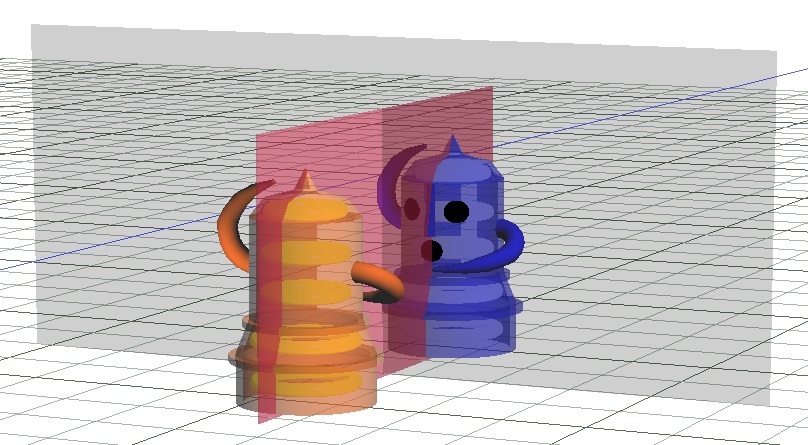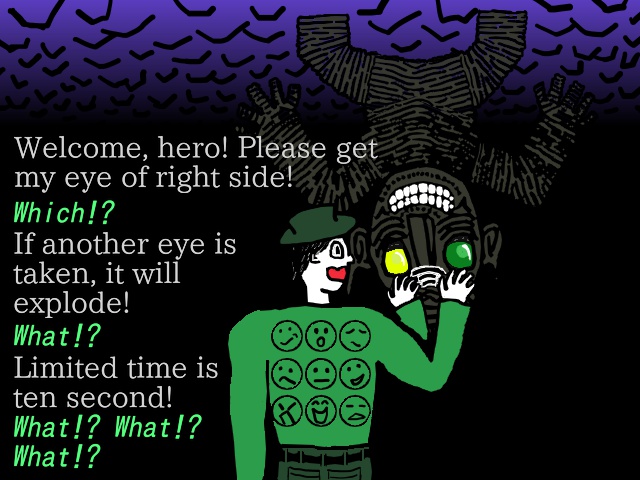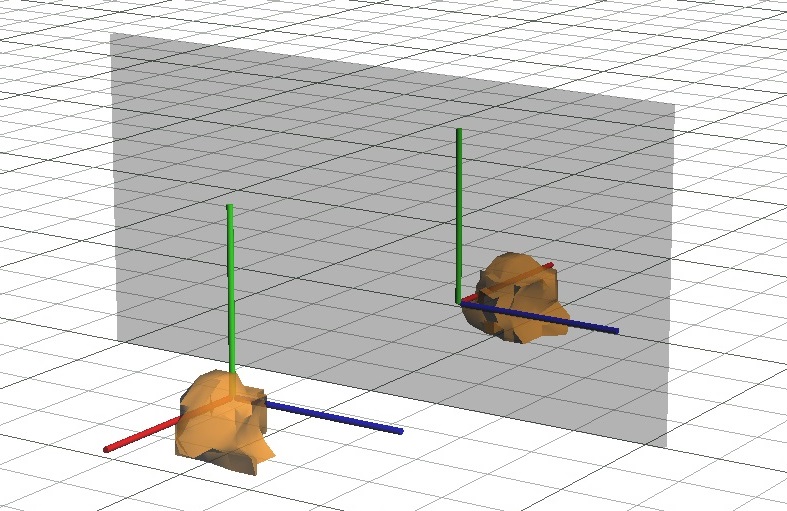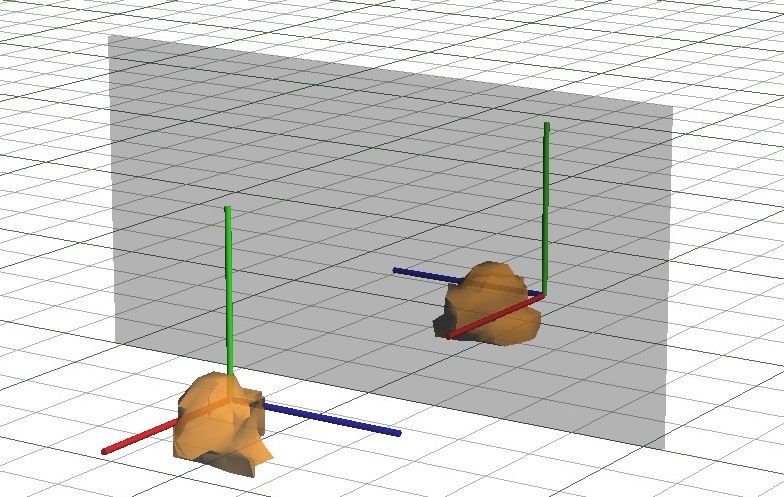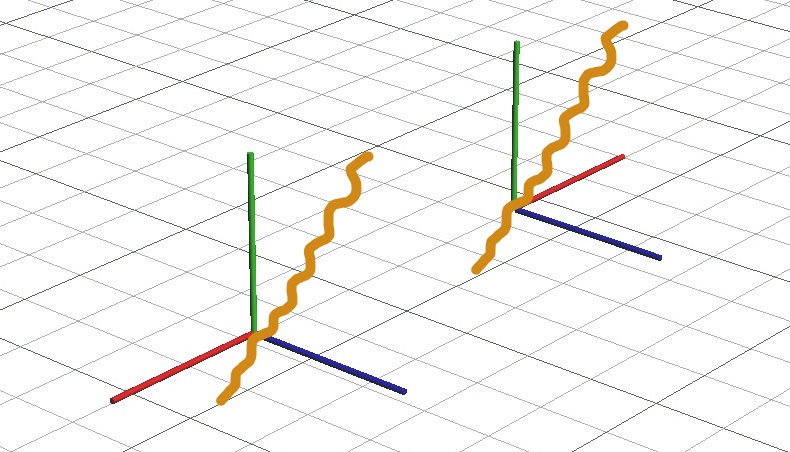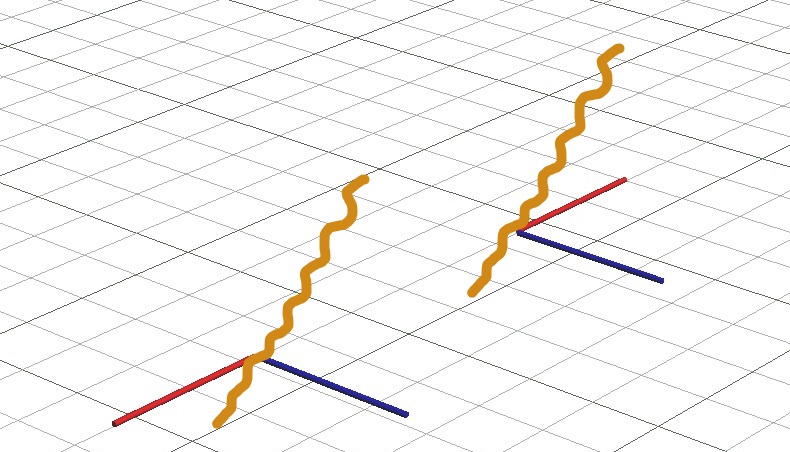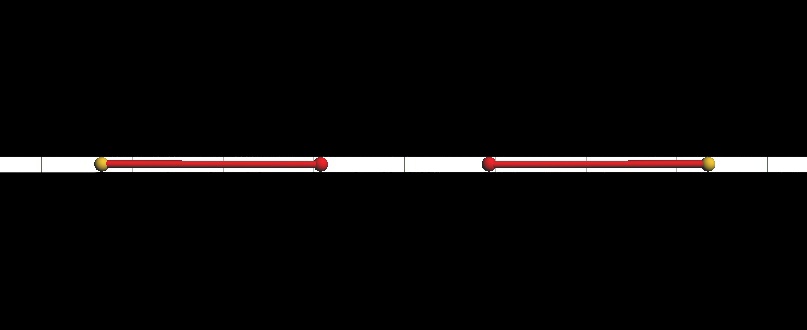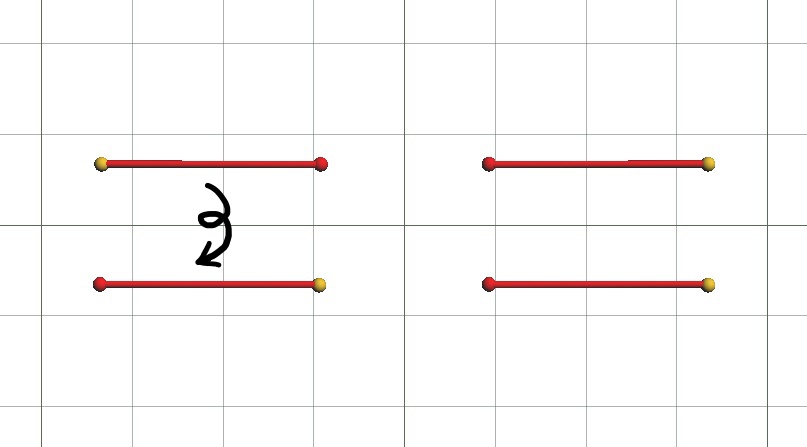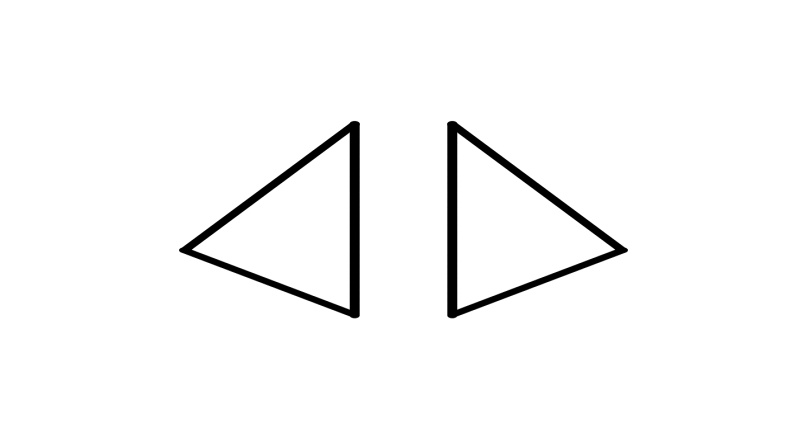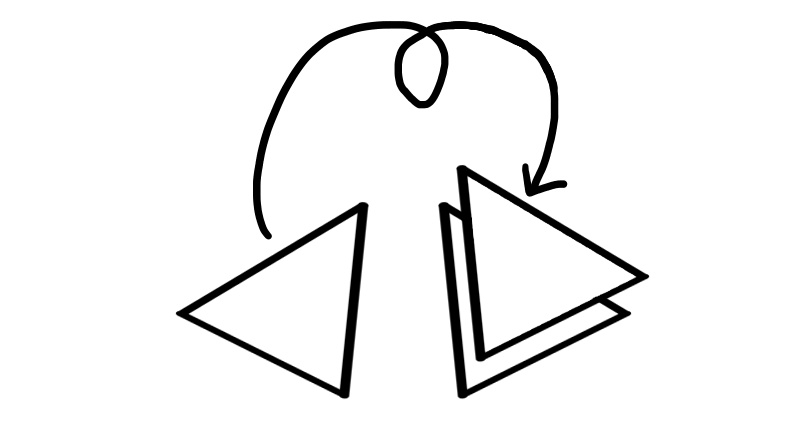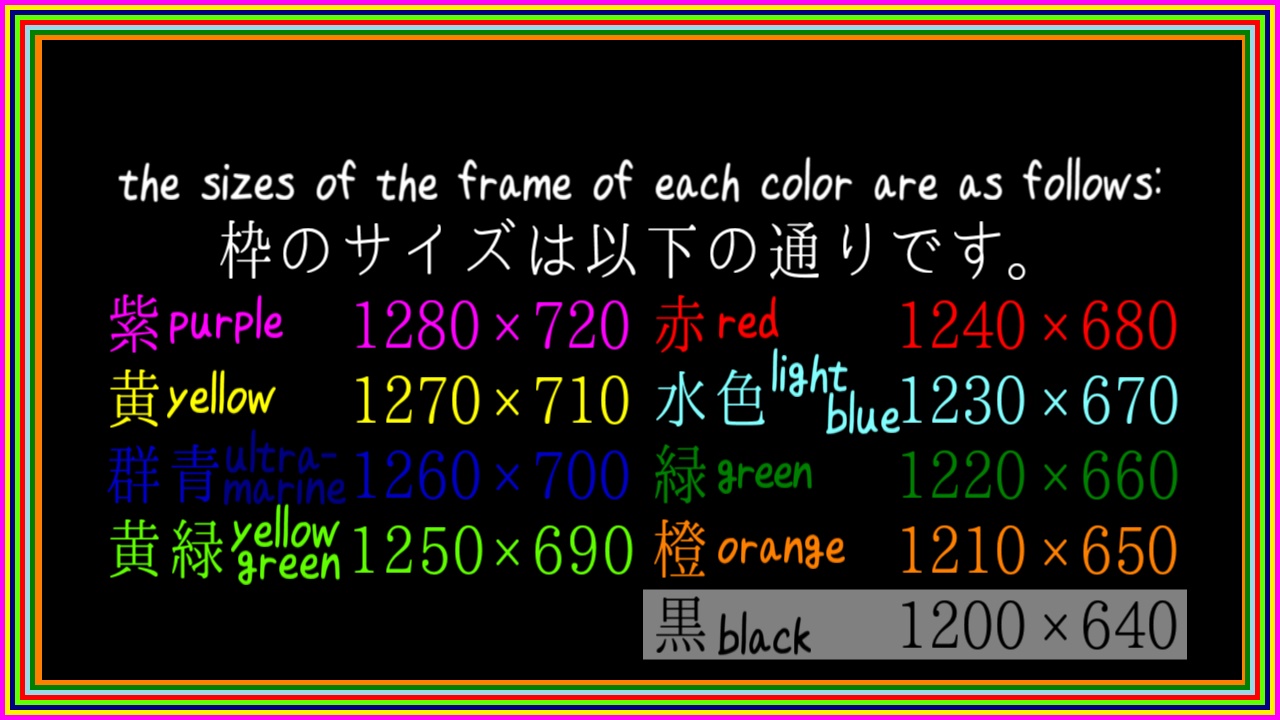This is the translation of the post witten in Japanese, “フランス語の語形・語順・発音の変化など 私的メモ“.
I study French a little, I’ve described many various variations of it. I can check foreign sentences translated on Web site only, so this page is the memo to help myself when I use French. I read a following book written by ISHINO Koichi, but there may be mistakes, please point out.
Elision(élision)
In case that the first character of a word next to a specific word is a vowel, the vowel becomes ” ‘ ” and ” ‘ ” is joined to the specific word. This is caused in the following cases.
“[Pronoun](je)+[Verb]” → “[j’verb]”
“[Pronoun](me)+[Verb]” → “[m’verb]”
“[Pronoun](te)+[Verb]” → “[t’verb]”
“[Pronoun](le, la)+[Verb]” → “[l’verb]”
“[Pronoun](se)+[Verb]” → “[s’verb]”
“[Denial](ne)+[Verb]” → “[n’verb]”
“[Article](le, la)+[Noun]” → “[l’noun]”
“[Preposition](de)+[Noun]” → “[d’noun]”
“[Conjunction](que)+[Construction]” → “[qu’construction]”
etc
Enchainement(enchaînement)
In case that the next to a word which a consonant is the end character of is a word which a vowel is the first character of, the consonant and the vowel become one syllable.
“[Subject](il, elle)+[Verb]”
“[Article](une)+[Noun]”
“[Adjective]+[Noun]”
“[Preposition](e.g. enter)+[Noun]”
etc,. This is caused in various combinations.
Liaison(liaison)
In case that the next to a word which a consonant which isn’t pronounced is the end character of is a word which a vowel is the first character of, the consonant which isn’t pronounced and the vowel become one syllable.
“[Pronoun](ils, elles, nous, vous, les, on)+[Verb]”
“[Article](um, des, les)+[Noun]”
“[Numeral]+[Noun]”
“[Adjective]+[Noun]”
“[Preposition](dans, en, sans)+[Noun]”
etc,. This is caused in various combinations.
Memo : In French, “h” without “ph(f)” isn’t pronounced, however there are words which h is the first character of and which cause elision, enchainement, and liaison, too(aspirated h).
(Reference:Aspirated h (Wikipedia), TV5MONDE APPRENDLE LE FRANÇAIS 発音 / フランス語の« h » written in Japanese)
Partitive article and masculine singular noun
“de+le [Masculine singular noun which a consonant is the first character of]” →
“du [Masculine singular noun which a consonant is the first character of]”
“de le+[Masculine singular noun which a vowel is the first character of]” →
“de [l’masculine singular noun which a vowel is the first character of]”
Indefinite article, prepositional adjective, and plural noun
“des [Prepositional adjective] [Plural noun]” → “de [Prepositional adjective] [Plural noun]”
Memo : Adjective which has the second masculine form can be placed before noun. The second masculine form is used only before masculine singular noun which a vowel or “aspirated h” is the first character of.
(Reference:東京外国語大学言語モジュール 形容詞の性・数 written in Japanese)
Adjective with indefinite article or definite article is semantically regarded as noun.
“[Article] [Adjective]” → “(semantically)[Noun]”
Demonstrative adjective
“ce [Masculine singular noun which a consonant is the first character of]”
“cet [Masculine singular noun which a vowel is the first character of]”
Possessive adjective
(The first person) “ma [Feminine singular noun which a consonant is the first character of]”
(The first person) “mon [Feminine singular noun which a vowel is the first character of]”
(The second person) “ta [Feminine singular noun which a consonant is the first character of]”
(The second person) “ton [Feminine singular noun which a vowel is the first character of]”
(The third person) “sa [Feminine singular noun which a consonant is the first character of]”
(The third person) “son [Feminine singular noun which a vowel is the first character of]”
Memo : prepositional adjective = a part of quality adjective, demonstrative adjective, possessive adjective, and radix adjective
Interrogative sentence, interrogative pronoun, interrogative adverb, and interrogative adjective
In interrogative sentence maked by changing the order of pronoun and verb, in the case that the next to a verb which a vowel is the end character of is a pronoun which a vowel is the first character of, “t” is inserted between the verb and the pronoun. Using interrogative pronoun(que, qui) or interrogative adverb(quand, où, comment, pourquoi, combien, combien de) and asking object by interrogative adjective(quel) or interrogative pronoun(lequel), the same phenomenon is caused.
“[Pronoun] [Verb]” → “([Interrogative pronoun / Interrogative adverb / Interrogative adjective]) [Verb]-t-[Pronoun]”
(In the case that the next to a verb which a vowel is the end character of is a pronoun which a vowel is the first character of)
“[Pronoun] [Verb]” → “([Interrogative pronoun / Interrogative adverb / Interrogative adjective]) [Verb]-[Pronoun]”
(Other case)
However, using “Qui est-ce que”, “Qu’est-ce que”, “[Interrogative adverb] est-ce que”, such changing isn’t necessary for makig interrogative sentence, so it is as follows.
“[Pronoun] [Verb]” → “Qui est-ce que [Pronoun] [Verb]”
“[Pronoun] [Verb]” → “Qu’est-ce que [Pronoun] [Verb]”
“[Pronoun] [Verb]” → “[Interrogative adverb] est-ce que [Pronoun] [Verb]”
In the case that subject is noun, at first putting a pronoun for the subject in next to it, and changing the order of the pronoun and verb.
“[Subject(Noun)] [Verb]” → “[Subject(Noun)] [Pronoun] [Verb]” → “[Subject(Noun)] [Verb]-(t-)[Pronoun]”
Using interrogative with transitive verb, interrogative adverb with transitive verb, or interrogative adverb”pourquoi”, it is as follows.
“[Subject(Noun)] [Verb]” → “[Subject(Noun)] [Pronoun] [Verb]” → “[Interrogative / Interrogative adverb] [Subject(Noun)] [Verb]-(t-)[Pronoun]”
Using interrogative with transitive verb, interrogative adverb with transitive verb, or interrogative adverb”pourquoi”, it is as follows.
Using intransitive verb or interrogative sentence for complement, it is as follows.
“[Subject(Noun)] [Verb]” → “[Interrogative / Interrogative adverb] [Verb] [Subject(Noun)]”
Memo : In some cases, preposition is appended to interrogative([Preposition] qui、[Preposition] quoi). “Quoi” is emphasis of “que”, “[Preposition] que” isn’t used.
Memo : In spoken language, in some cases the word order isn’t changed when a part of sentence is changed to interrogative or interrogative adverb, or interrogative or interrogative adverb is the first of sentence.
Preposition and definite article(contraction)
“à+le [Masculine singular noun which a consonant is the first character of]” →
“au [Masculine singular noun which a consonant is the first character of]”
“à+les [plural noun]” → “aux [plural noun]”
“de+le [Masculine singular noun which a consonant is the first character of]” →
“du [Masculine singular noun which a consonant is the first character of]”
“de+les [Plural noun]” → “des [Plural noun]”
(not contraction)
“de le+[Masculine singular noun which a vowel is the first character of]” →
“de [l’masculine singular noun which a vowel is the first character of]”
Preposition and relative(contraction)
“à+lequel [Antecedent(Masculine singular)]” → “auquel [Antecedent(Masculine singular)]”
“à+lesquels [Antecedent(Masculine plural)]” → “auxquels [Antecedent(Masculine plural)]”
“à+lesquelles [Antecedent(Feminine plural)]” → “auxquelles [Antecedent(Feminine plural)]”
“de+lequel [Antecedent(Masculine singular)]” → “duquel [Antecedent(Masculine singular)]”
“de+lesquels [Antecedent(Masculine plural)]” → “desquels [Antecedent(Masculine plural)]”
“de+lesquelles [Antecedent(Feminine plural)]” → “desquelles [Antecedent(Feminine plural)]”
(However, relative adverb “dont” is used more frequency than “duquel”)
Preposition and indefinite article(not contraction)
“de des [plural noun which a consonant is the first character of]” →
“de [plural noun which a consonant is the first character of]”
“de des [Plural noun which a vowel is the first character of]” →
“[d’plural noun which a vowel is the first character of]”
A direct object personal pronoun(me, te, le, la, nous, vous, les) is placed just before verb.
An indirect object pronoun(me, te, lui, nous, vous, leur) is placed just before verb, too.
Denial of the third sentence pattern
In the case that a direct object of affirmative sentence indicates quantity with indefinite article or partitive article, “de” is the article of the object in negative sentence changed from affirmative sentence.
“[Verb] [Indefinite article / Partitive article]{un, une, des, du(de l’), de la(de l’)} [Noun]” → “ne [Verb] pas de [Noun]”
The order of direct and indirect object personal pronouns in the forth sentence pattern
[Subject] (ne) (me, te, nous, vous) (le, la, les) (lui, leur) [Verb] (pas)
An imperative form
In the imperative sentence based on “er-Verb” to “tu”, “s” which is the end character of the verb is deleted.
“Tu [Verb(-es)]” → “[Verb(-e)]”
(In some case, “Tu [Verb(-es)]” → “[Verb(-es)]”. Reference : 北鎌フランス語講座 – 文法編 命令文 written in Japanese)
In imperative sentence, object is after verb(however, in negative imperative sentence, object is before verb like as declarative sentence). In the case that there is an object, “me” or “te”, it is changed to emphatic word, “moi” or “toi”. Emphatic word “moi” or “toi” is placed at the end of object personal pronoun.
“[Subject] [objectpersonalPronoun(without me and te)] [objectpersonalPronoun] [Verb]” →
“[Verb]-[objectpersonalPronoun(without me and te)]-[objectpersonalPronoun]”
“[Subject] (me, te) [objectpersonalPronoun] [Verb]” → “[Verb]-[objectpersonalPronoun]-(moi, toi)”
Pronominal verb
In the sentence whose verb affecting subjec self, pronoun is before the verb. If the subject is the third personal, pronoun becomes “se”.
“[Subject] [Verb] (il, ils, elle, elles, on)” → “[Subject] se [Verb]”
The positions of objects are as follows.
[Subject] (ne) (me, te, nous, vous, se) (le, la, les) (lui, leur) [Verb] (pas)
In interrogative sentence, it is as follows.
“[Subject pronoun] se [Verb]” → “Se [Verb]-t-[Subject pronoun]”
(In the case that the next to verb which a vowel is the end character of is the third personal pronoun which a vowel is the first character of)
“[Subject pronoun] [Object pronoun] [Verb]” → “[Object pronoun] [Verb]-[Subject pronoun]”
(without the above)
Memo : In the fifth sentence pattern, grammatical gender and number of complement adjective are corresponded to them of object.
Memo : There are verbs which are used with “que construction”, however there are verbs which aren’t used with “que construction”, too. Further, the verbs which are used with “que construction” include verbs which aren’t used with direct object.
Infinitive
In the case that the object of infinitive is pronoun, the pronoun is before the infinitive.
“[Subject] [Verb] [Infinitive] [Object pronoun of infinitive]” → “[Subject] [Verb] [Object pronoun of infinitive] [Infinitive]”
Memo : There are verbs which are used with infinitive, however there are verbs which aren’t used with infinitive, too.
In negative sentence, infinitive can be subject or complement, however in affirmative sentence, “ce” is need for infinitive as subject.
[Subject(Infinitive)] ne [Verb] pas [Complement(Infinitive)]
[Subject(Infinitive)] ce [Verb] [Complement(Infinitive)]
Using subject(noun, not infinitive) and complement(infinitive), using preposition “de” with être.
[Subject(Noun)] être de [Complement(Infinitive)]
Memo : In the fifth sentence pattern, in the case that object is pronoun, the object is before verb.
The word order of the fifth sentence pattern is “subject”, “verb”, “direct object”, “complement”, however in causative construction using “faire”, the order is as follows.
[Subject] faire [Complement(Infinitive from intransitive verb)] [Direct object(Subject(Infinitive))]
or
[Subject] faire [complement(Infinitive from transitive verb)] [Preposition(à, par)] [Indirect object(Subject(Infinitive))]
Indirect object of this sentence is changed to pronoun, preposition is deleted and it is as follows.
[Subject] [Indirect object personal pronoun] faire [Complement(Infinitive from transitive verb)]
Memo : Using “que construction” can’t represent these infinitive grammatical constructions.
Demonstrative pronoun
The formal is that the next to ce is emphasis personal pronoun.
“ce lui” → “celui” (Masculine singular)
“ce elle” → “celle” (Feminine singular)
“ce eux” → “ceux” (Masculine plural)
“ce elles” → “celles” (Feminine plural)
“[Demonstrative pronoun] de [Noun]” means “it of [Noun]”
“[Demonstrative pronoun] qui [Verb]” means “「[Verb]ing person(things)」”
Pronoun like adverb and like the neuter gender
The word order of pronoun like adverb(en, y) and pronoun like the neuter gender(le) is as follows.
[Subject] (ne) (me, te, nous, vous, se) (le(1), la, les, le(2)) (lui, leur) (en, y) [Verb] (pas)
le(1) : le of direct object personal pronoun
le(2) : le of pronoun like the neuter gender
Past participle
Attention. Personal and number of verb are corresponded to them of subject. However, grammatical gender and number of past participle are corresponded to them of object.
In the case that auxiliary verb is “être”, grammatical gender and number of past participle from intransitive verb in compound past and future perfect tense and from transitive verb in passive sentence are corresponded to them of subject.
In the case that in compound past, auxiliary verb is “avoir” and direct object personal pronoun is before past participle, grammatical gender and number of past participle are corresponded to them of direct object personal pronoun.
Using pronominal verb in compound past, grammatical gender and number of the pronominal verb are corresponded to them of direct object, “se” before auxiliary verb, “être”, not subject.
Adverb concerning verb is placed just after the verb, however, in compound past, adverb is placed just after auxiliary verb.
[Subject] [Verb] [Adverb]
[Subject] [Auxiliary verb] [Adverb] [Past participle]
Using “de”
Indicating condition or state in passive sentence is as follows.
[Subject] être [Past participle] de (subject of action)
Indicating the immediately preceding action, using “venir de”.
[Subject] venir de [Infinitive]
Indirect discourse
The expression of time in indirect discourse is as follows.
Present participle
In participial clause including compound of present participle, auxiliary verb is present participle concerning être and grammatical gender and number of past participle reflect subject in main clause semantically, in some cases, the present participle concerning être is deleted and past participle remain only. When participial clause includes subject, in some casas similarly the present participle concerning être is deleted.
Gérondif
Gérondif is constituted “en [Present participle]”.
Emphasis
Emphasizing by moving object to the left, pronoun of the object remains a part which doesn’t emphasize.
Emphasizing by moving pronoun to the left or right, the pronoun becomes emphasizing type.
Emphasizing the third personal plural noun, the original phrase is “ce sont”, in some cases “c’est” is used.
The comparative degree
Comparing construction using “que”, in some cases, using syntactic expletive, “ne”.
[Subject] [Verb] (plus, moins) [Adjective / Adverb] que [Subject]
Memo : In some cases of subjunctive, this “ne” is used.
The superlative degree
The definite article of the superlative degree of adverb is always “le”.
[Subject] [Verb] le (plus, moins) [Adverb] de –
In the case that adverb is the first word of sentence
In written language, changing the order of subject and verb.
[Adverb] [Verb]-(t-)[Subject pronoun]
In spoken language, using “que”.
[Adverb] que [Subject pronoun] [Verb]
【Advertisement!】 The movies for songs I composed are on Youtube!
Please subscribe to my channel! Please subscribe to my channel!
My works are on NICONICO, too!
Books about France!
